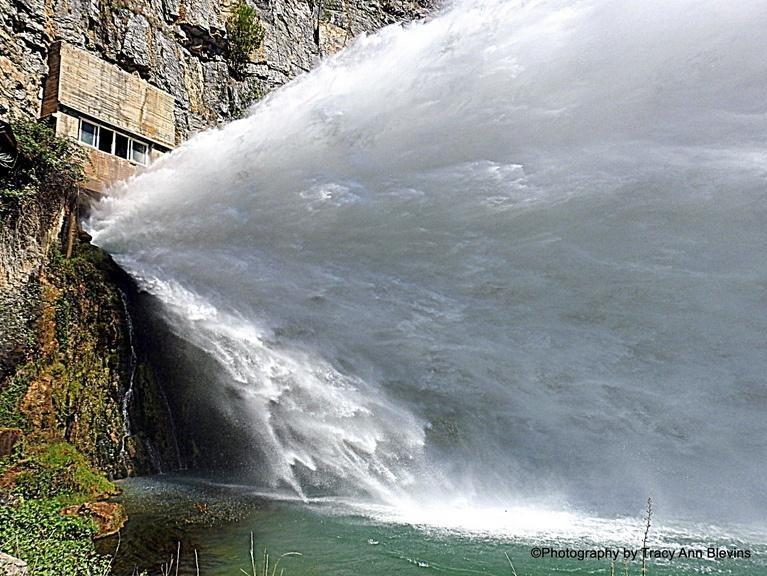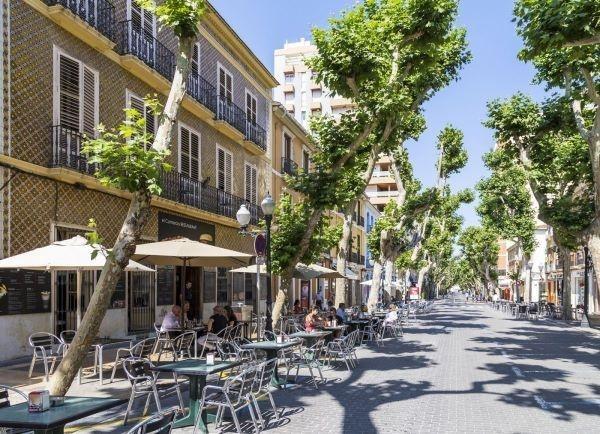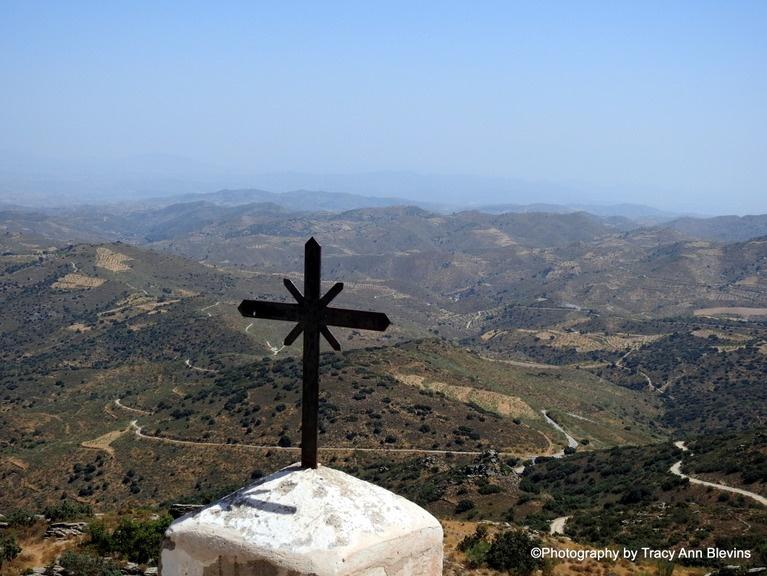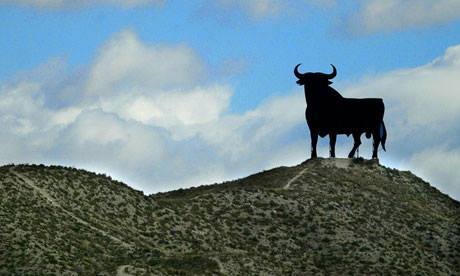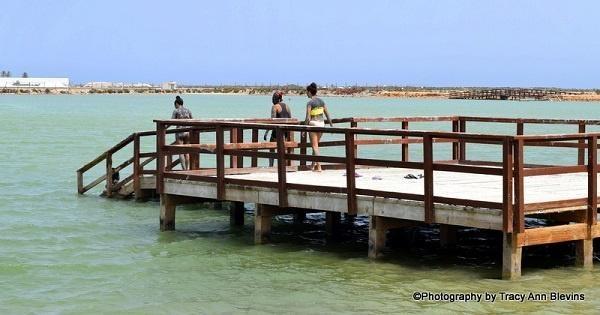All about Jijona, Xixona
All about Jijona, Xixona - The town of Jijona or Xixona in Valencian is situated, inland on the Costa Blanca, just 24km from Alicante and 50km from Benidorm.
The town itself is famous for a type of soft nougat, known as Turrón de Jijona, (in Valencian Torró de Xixona). This is due to the large amount of almond farming that has existed since the Moorish farmers originally cultivated the almond trees. There are several factories producing turrón in Jijona, some of which are open to the public (see below).
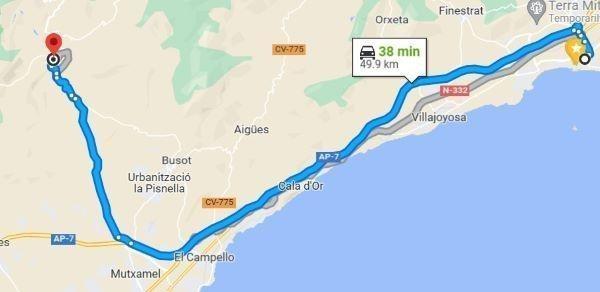
Things to do in Jijona
TURRÓN (NOUGAT) MUSEUM - Polígono Industrial Espartal II
Thia Turrón Museum is a private institution that belongs to the group Confectionary Holding (El Lobo, 1880, Doña Jimena and Imperial Toledana) and is dedicated to preserving the heritage that relates to the production of turrón and marzipan and shows how it relates to the local economy of Jijona throughout history.
The museum is spread across three floors.
Top floor: The ingredients (sugar, honey, almonds and eggs)
Middle floor: Processes (Jijona and Alicante turrones, marzipans)
Lower floor: How the product is marketed (points of sale, advertising, packaging, corporate and local history.
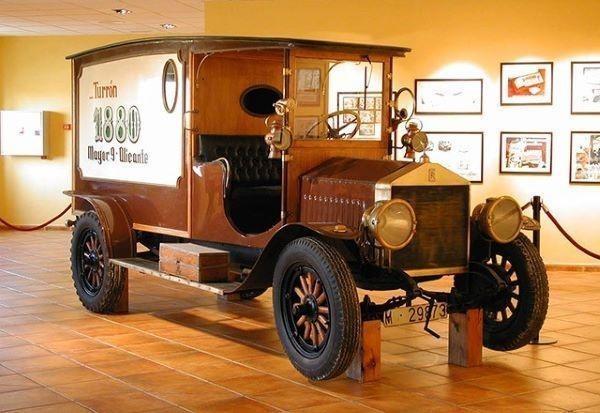
Visits include a guide and a tour around the modern production plant (during the production season. From July to November) where the manufacturing processes can be observed from a vantage point overlooking the factory floor.
The visit finishes in the shop, where visitors can taste the turrón and purchase products.
Opening times
Opening hours and prices (cash only)
Low Season (1st January – 15th July)
Normal rate (more than 18 years old): 1,50€
Reduced rate (students, seniors): 0,50€
Groups (more than 10 people): 15€
Guided tours:
Morning: 10:00 / 10:45 / 11:30 / 12:15 / 13:00 Afternoon: 16:00 / 16:45 / 17:30 Closed on Sundays and bank holidays
Easter time: open every day (including Easter Sunday) with extra tour at 18:15H
High Season (16th July – 31st December)
Normal rate (more than 18 years old): 3€
Reduced rate (students, seniors): 1€
Groups (more than 10 people): 30€
Guided tours:
Morning: 10:00 / 10:45 / 11:30 / 12:15 / 13:00 Afternoon: 15:30 (*) / 16:15 / 17:00 / 17:45 / 18:30 (*) 15:30 tour not available on weekend and holiday.
All about Jijona, Xixona
HOUSE AND TURRÓN (NOUGAT) FACTORY OF PRIMITIVO ROVIRA - 15 Avinguda Constitució
The House was founded in 1850 and is the oldest nougat factory in Jijona, the recipes have been preserved for six generations. The house façade is renowned for its decoration with modernist motifs of flowers and geometric shapes.
This was the first building purpose built to house a turrón factory (around 1900). The company, Turrones Primitivo Rovira is situated on the ground floor while on the first and second floors the owners’ homes can be found.
Opening times - this factory is only open form October to December, Monday to Friday from 08:00 to 13:00 and from 15:00 to 19:00
CASTILLO DE LA TORRE GROSSA-CASTLE OF THE GREAT TOWER
Torre Grossa castle was built by the Almohads between the late 12th and early 13th centuries. After it was seized by the Christians in the 13th century, the main building and castle wall were constructed. The fortress played a key role in defending the border of the Kingdom of Valencia. At its feet, the village of Jijona started to grow.
During the war of succession it served as a refuge for the population of Jijona, who supported Philip V. It was attacked by the Archduke Carlos’s troops (Austracistas) and almost completely destroyed. In 1708 Philip V conceded the castle to the people of Jijona by royal decree.
Throughout the Middle Ages the importance of the castle diminished and so to did repairs to it. The last major work on it was recorded in the 15th century and there were some further minor repairs undertaken in the 16th century.
Architecturally, the imposing fortress extends along almost the whole of the hilltop where it perches. There castle is defined by two fortified stone areas, dominated by the northern tower, Torre Grossa, an impressive defence tower, you can still see different parts of the walls and old defence towers around the perimeter of the castle..
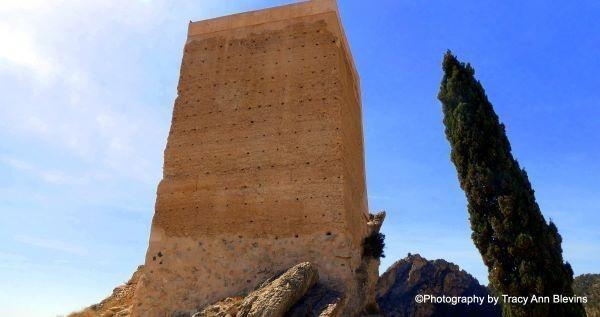
Sadly the interior of the castle is closed to the public, but there is plenty of parking nearby and the views of the surrounding countryside and the town of Xixona below are beautiful.
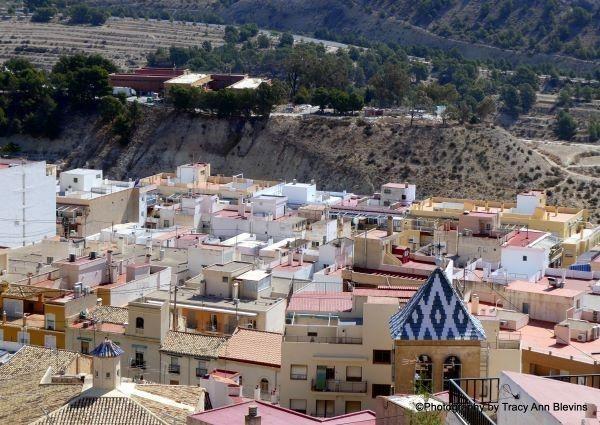
WATERING TROUGH OR SPOUT
This is situated on Calle del Vall named due to its position at the foot the medieval wall, in the moat (vall in valenciano). During the 18th century El Vall became the main street in Xixona where the ancient and noble families of the town had their houses.
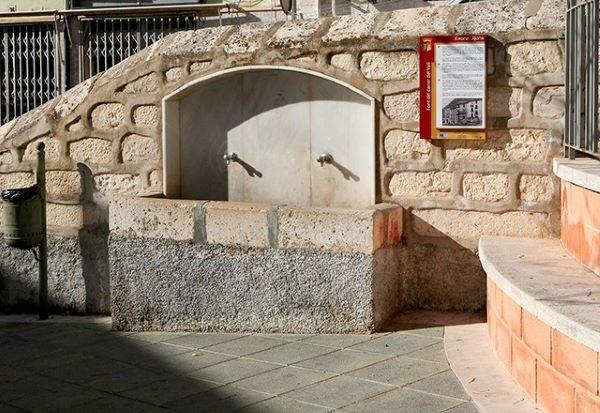
This watering trough can be found at the southern entrance to the town by the bridge and was used by travellers’ arriving from Alicante. a drinking fountain is now installed for public use.
FRANCISCAN CONVENT
Construction started in 1595 and continued throughout the 17th and 18th centuries. The religious settlement was made up of three elements: The Chapel of the Venerable Third Order, the church and the convent (demolished in 1974).
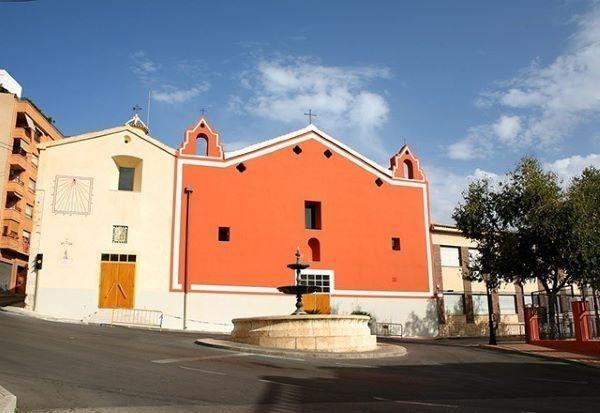
The old chapel was built between 1758 and 1762 in a neoclassical style and is unique in the province of Alicante in being the only example of chapel constructed as an independent church attached to the main temple of worship. It is the seat of the Municipal Archive in which the oldest document preserved dates back to 1350.
The temple was built around a single nave with flower and cherub motifs in a Baroque style. Nowadays it is known as the Little Theatre (El Teatret) and is used as an exhibition, concert and lecture hall.
MONERRIS-PLANELLES HOUSE -
Its construction dates from 1928, This is one of the most impressive buildings on Avinguda de la Constitució and the work of the architect Francisco Mora Berenguer, a descendant of a local family who spent his entire career with the city hall in Valencia.
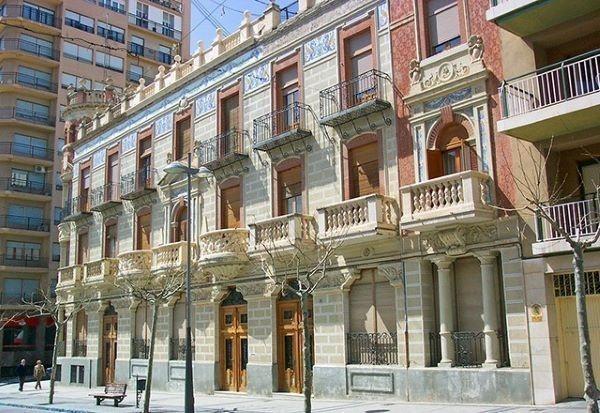
The cylindrical tower on the corner is notable but what really makes the building stand out is the modernist ornamentation: the tiled coronation frieze with griffins and wreaths, the brickwork in the openings, stone balustrades on the top of the building and first floor balconies, cast iron railings, columns, newels and many more decorative features.
All about Jijona, Xixona
HERMITAGE/ERMITA OF SAINT BARBARA
This can be found at the entrance to the town on the Alicante road, there is a path up to the chapel which is on the top of the hill, here are the remains of two prayer stations or shrines.
There is a single nave with a rectangular floor plan which finishes in a straight apse. There are no openings to the exterior. It has a gable roof.
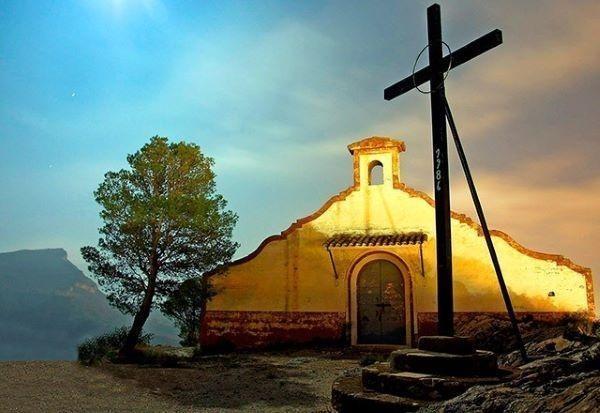
It faces south and its door to the north. On its eastern side the foundation is on rock close to a precipice of over 30 metres. Joined to the east side one finds the hermit’s refuge which is documented in notary records of 1448.
THE ARCHPRIESTLY CHURCH OF OUR LADY OF THE ASSUMPTION
Built between the end of the 16th century and the beginning of the 17th in the Renaissance style. The altar was redesigned at the end of the 18th century in accordance with the dictates of Baroque art but it was destroyed by fire in 1971. The artist Octavio Vicent was commissioned to make a new altar.
An interesting feature is the stone bell tower with its square base, crowned with an interesting roof of glazed tiles in green and white forming a rhomboid pattern.
The bell tower of this church has the third greatest number of Gothic bells (6) in the Valencian Community (Valencia Cathedral with nine bells, and Corpus Christi College, Valencia with 4 bells plus one more in the cloisters). Of the six bells in the tower, three are Gothic: María Auxiliadora (Our Lady of Perpetual Help) locally known as la Torta (1463), Saint Vicent or la Verda (1500) y la Triple Gótica (The Triple Gothic) or la dels Quarts (The quarters bell) (1500). They are among the oldest in the province.
Find lots more places to visit in this section of the website





